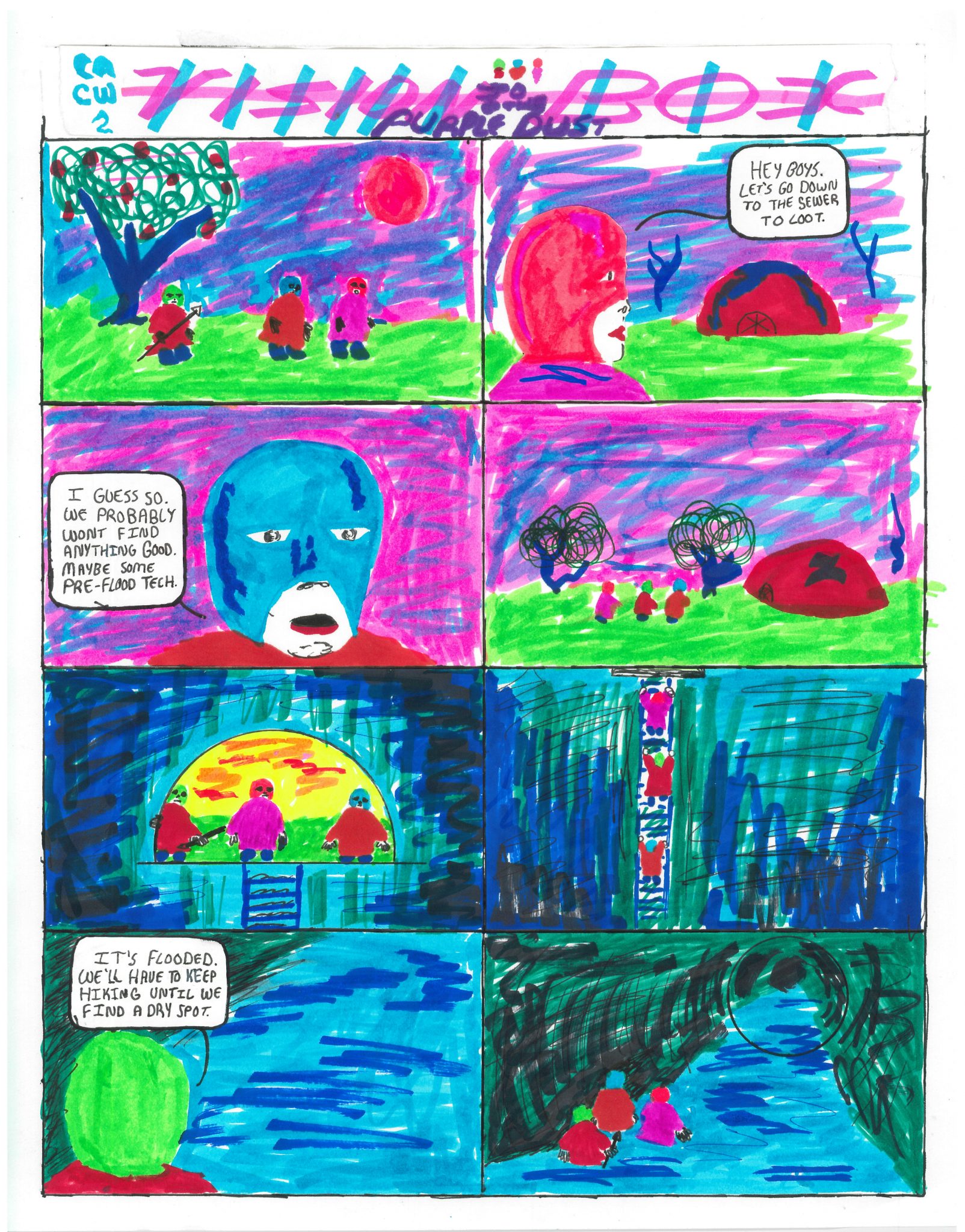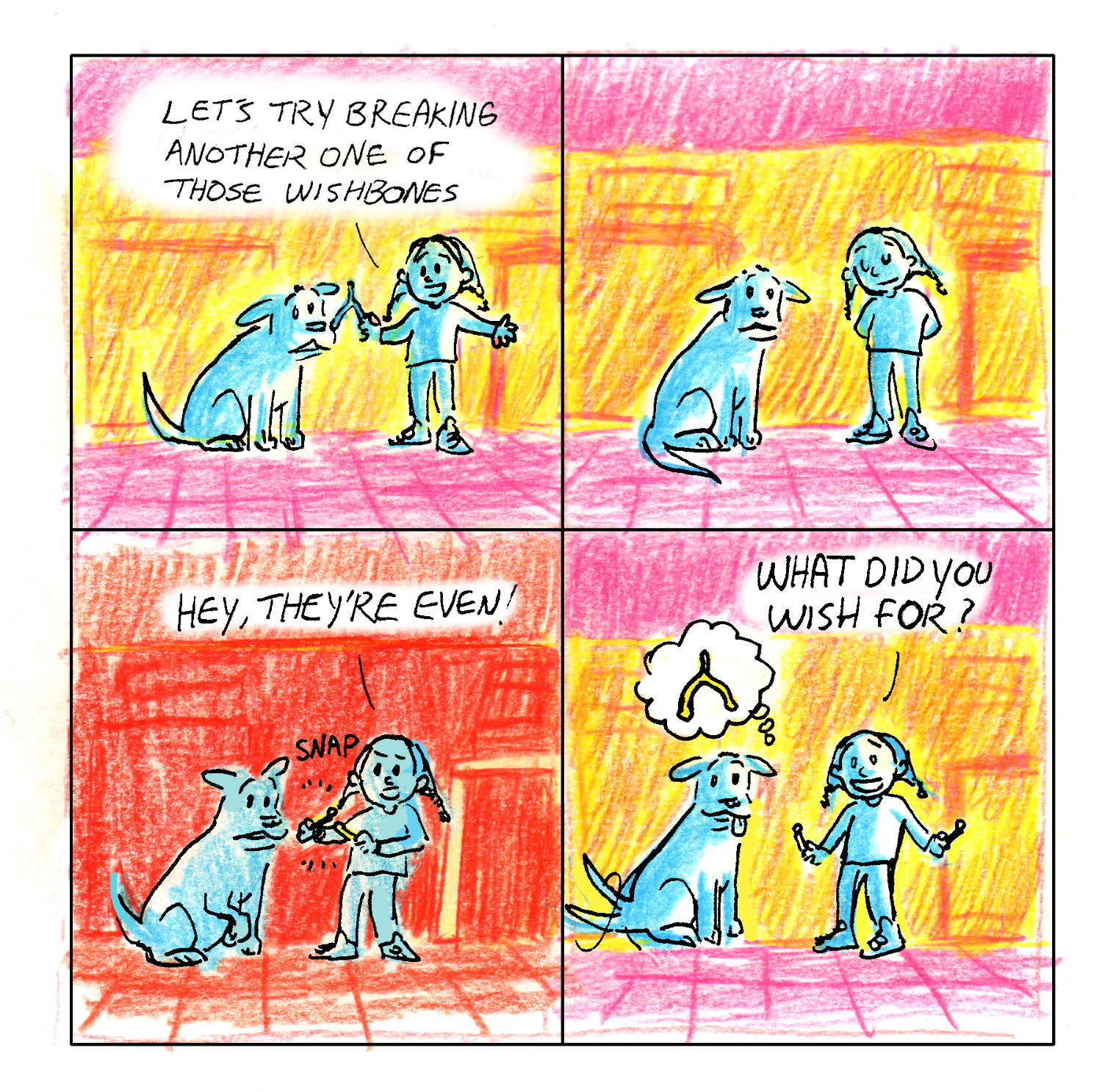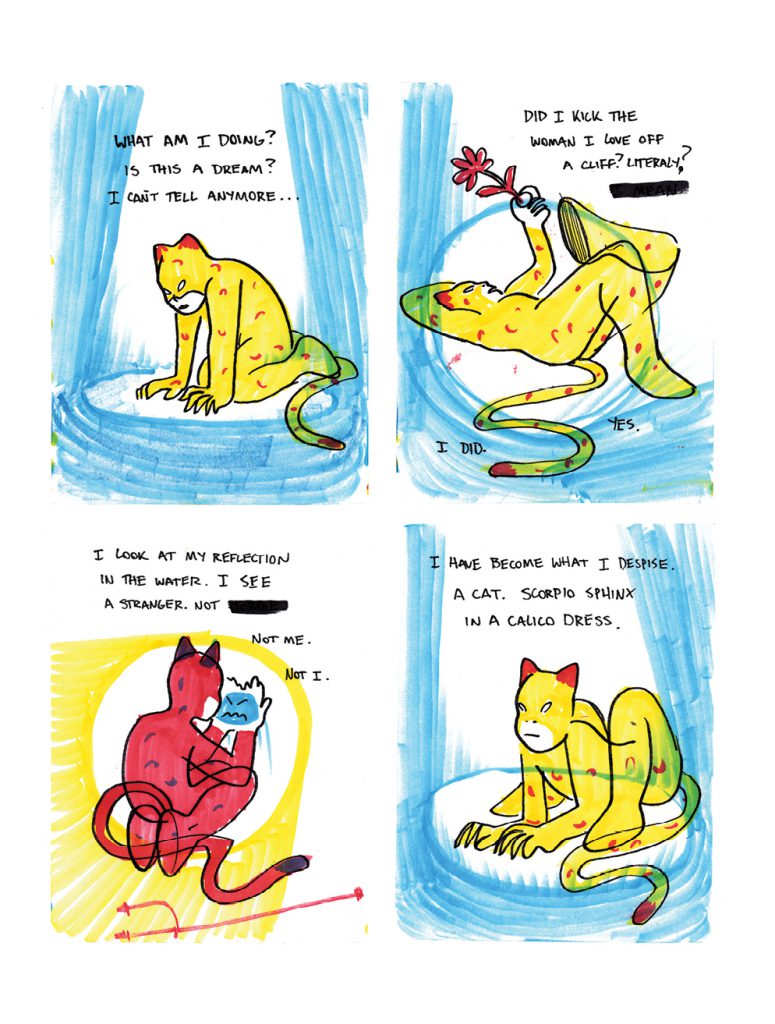Aaron Cockle here today with Alyssa Berg; Art from Guantánamo Bay; Louise Bourgeois; David Hockney; SF&FB&ZF; Conor Stechschulte
—————————————————————————————————
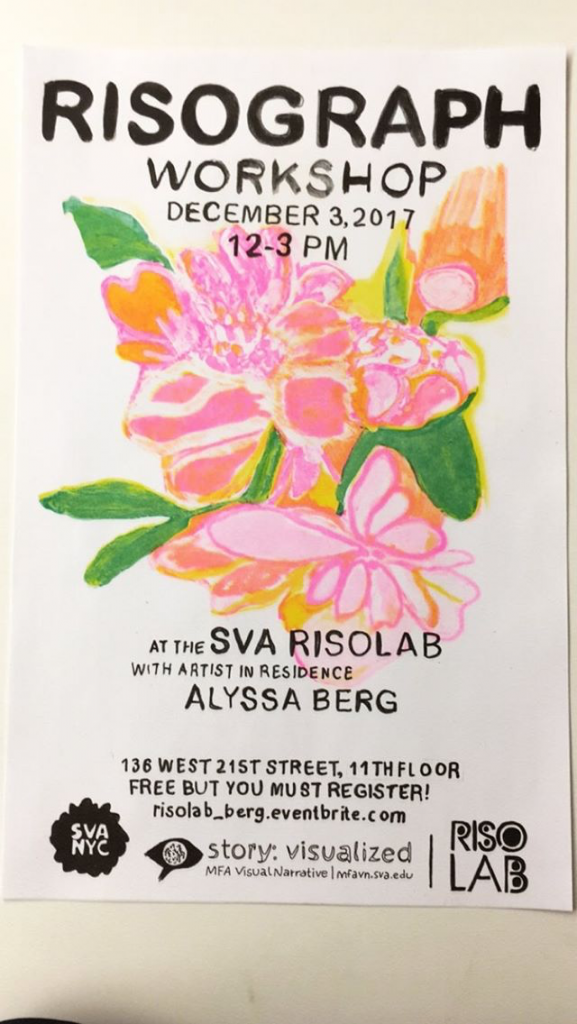
Handmade Riso Postcard Workshop with Alyssa Berg
Join SVA RisoLab Fall 2017 Artist-in-Residence Alyssa Berg for a workshop exploring handmade layers for Risograph printing. After a brief introduction to the basics of Risograph printing and a group demo, workshop attendees will use a variety of materials including tracing paper, pens, pencils, and collage materials to create artwork for a set of two-color Riso printed postcards. No experience is necessary and materials will be provided. We will be making our layers by hand (no computers!). Participants are encouraged to bring four small grayscale/black and white drawings (4.25 x 5.5 inch) or any text/collage materials they might wish to work with to create a set of four postcards.
Alyssa Berg is a painter, comic-artist, and craftsman originally from the Great Northwest and currently living in Brooklyn. After studying painting at Parsons Paris and Hunter College, she began to focus on making painted comics in 2012. In these comics, she investigates and experiments with an array of materials, including collage elements. Her work has appeared in Smoke Signal, INK BRICK, and on the Comics Workbook website where she won the 2015 Composition Competition. alyssaberg.com
—————————————————————————————————
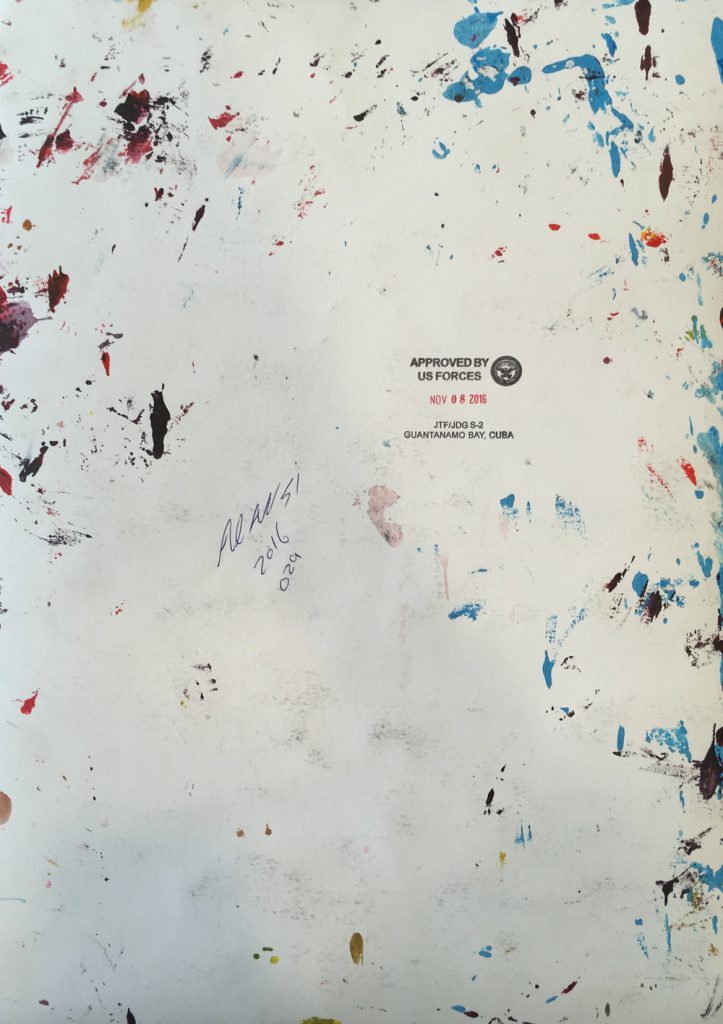
Ode to the Sea: Art from Guantánamo Bay
Open through JANUARY 26, 2018; PRESIDENT’S GALLERY, JOHN JAY COLLEGE OF CRIMINAL JUSTICE, NYC
Detainees at the United States military prison camp known as Guantánamo Bay have made art from the time they arrived. The exhibit will display some of these evocative works, made by men held without trial, some for nearly 15 years, who paint the sea again and again although they cannot reach it.
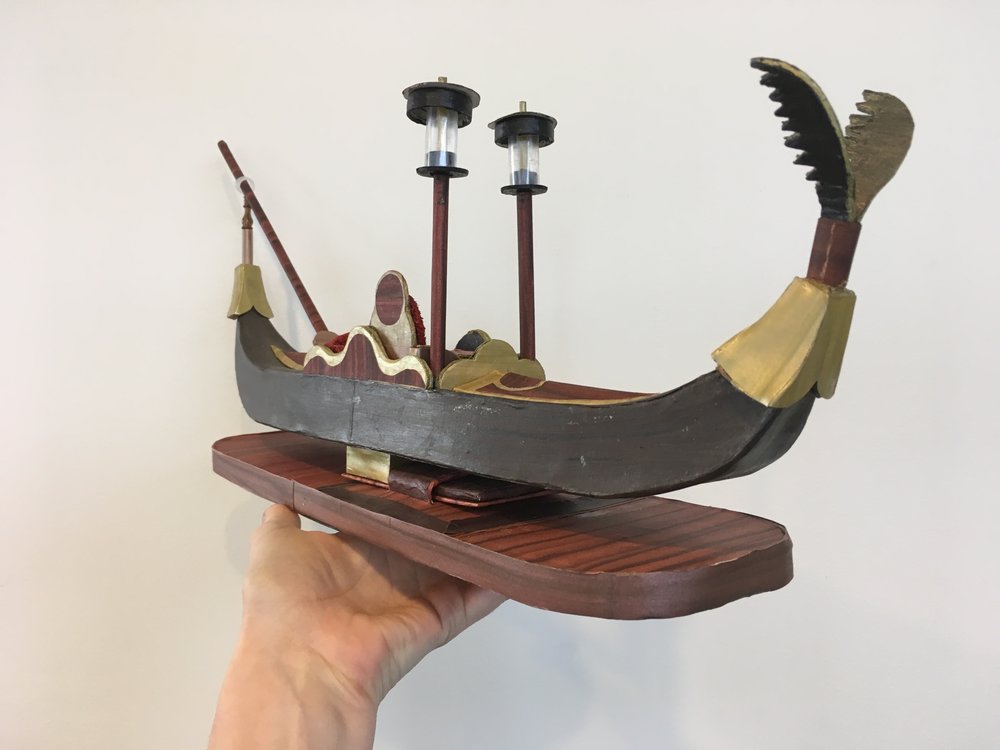
One of the co-curators, Erin Thompson, has an NY Times op-ed piece about the artists and their work:
But last week, the Miami Herald reported a change in military policy: The art of Mr. al-Alwi and the other remaining Guantánamo prisoners is now U.S. government property. The art will no longer leave prison confines and can now legally be destroyed. Attorneys for several prisoners were told the military intends to burn the art.
Art censorship and destruction are tactics fit for terrorist regimes, not for the U.S. military. The art poses no security threat: It is screened by experts who study the material for secret messages before it leaves the camp, and no art by current prisoners can be sold. Guantánamo detainees deserve basic human rights as they await trial. Taking away ownership of their art is both incredibly petty and utterly cruel.
—————————————————————————————————
David Salle on the Louise Bourgeois currently at MoMA
You feel that Bourgeois wants to dig down to the basic fiber of form itself en route to creating an image; it’s what drawing can do, after all. A subset of the marks that she uses, especially those made with a brush and ink, have the length and start-and-stop quality of a stitch of thread or embroidery: graphic stitches, which are bundled together and become in turn the building blocks for many of her images. These include the skein or hank of hair or yarn, as well as nerve and muscle fibers, including flayed skin and tissue, which cluster, bale up, and twist, and can become in some works undulating curtains of hairlike walls, or take the form of river currents and ocean waves. The equivalency that Bourgeois draws between hair or yarn and muscle fibers or tissue is one of her principal inventions.
Hair, women’s hair, is all over Bourgeois’s art. It is the perfect graphic element; like water, it can go anywhere and take virtually any shape. It can flow like a river, pass through keyholes, or twist around another form, strangling it. It can take the form of a flying carpet, or be made to cover, or smother, another surface. Or it can be parted to reveal what’s underneath. Hair is something to hide behind, or a memento left behind. The eroticism of hair was also a Surrealist staple, and Bourgeois makes good use of it.
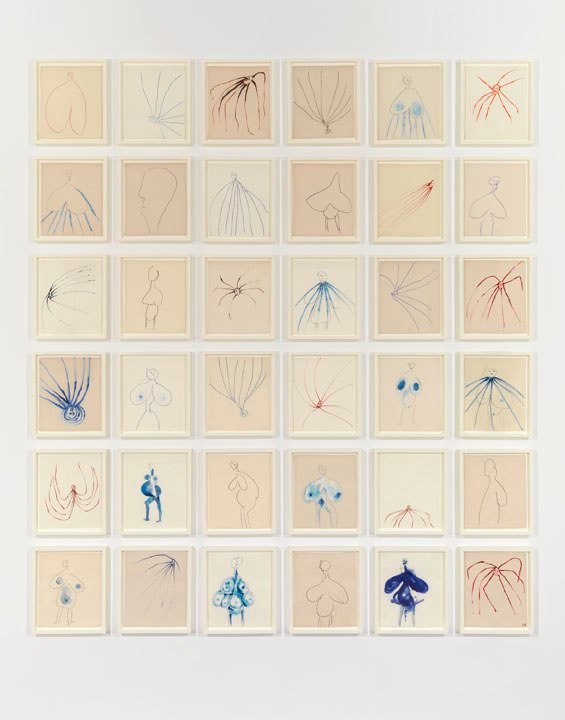
—————————————————————————————————

David Hockney Retrospective at the Metropolitan Museum of Art
Working in a wide range of media with equal measures of wit and intelligence, Hockney has examined, probed, and questioned how to capture the perceived world of movement, space, and time in two dimensions. The exhibition offers a grand overview of the artist’s achievements across all media, including painting, drawing, photography, and video. From his early experiments with modernist abstraction and mid-career experiments with illusion and realism, to his most recent, jewel-toned landscapes, Hockney has consistently explored the nature of perception and representation with both intellectual rigor and sheer delight in the act of looking.
—————————————————————————————————
—————————————————————————————————
‘On a basic, lifestyle level, moving here and attending school has allowed me to stop working a non-art-related day job (at least for now).’
Conor Stechschulte is interviewed at Just Indie Comics.
Water, of course… It is a recurring element in your comics, and sometimes plays a major role. It may be the ritual river in The Amateurs, the rain from which the facts of Generous Bosom develop, the lake of impalpable but sharp tensions in Glancing, the sea where the games of Water Phase unfold, and Christmas in Prison’s narrative stream. If we consider water as a symbol, it is necessarily multifaceted, fluid, and seems to be related to desire, change, epiphany. It is the place where things happen, stories are told, secrets come to light. Why is water so important to you?
Thank you for tracking this image so comprehensively throughout my work! You’ve done such a good job of outlining how I’ve used water that I’m not sure if I can add anything…
Of the symbolic meanings you’ve listed I identify most with the idea of change. Water is a place where boundaries break down, things dissolve, definitions shift.
With how clear and declarative one must be in telling a story, especially with comics (here’s a guy, now here he is again, see? He’s wearing the same shoes and hat, except now he’s dropped his umbrella, and here he is again but now he’s bending to pick it up), water provides a needed space for vagueness. It’s a place where the closure occurring between each panel might be suspended (or maybe it’s a way of depicting that no-space in between). You can draw a clean, clear black-outlined character for most of your book but if you reflect the same character in a bowl of water, their lines go all wavy. They can be different.
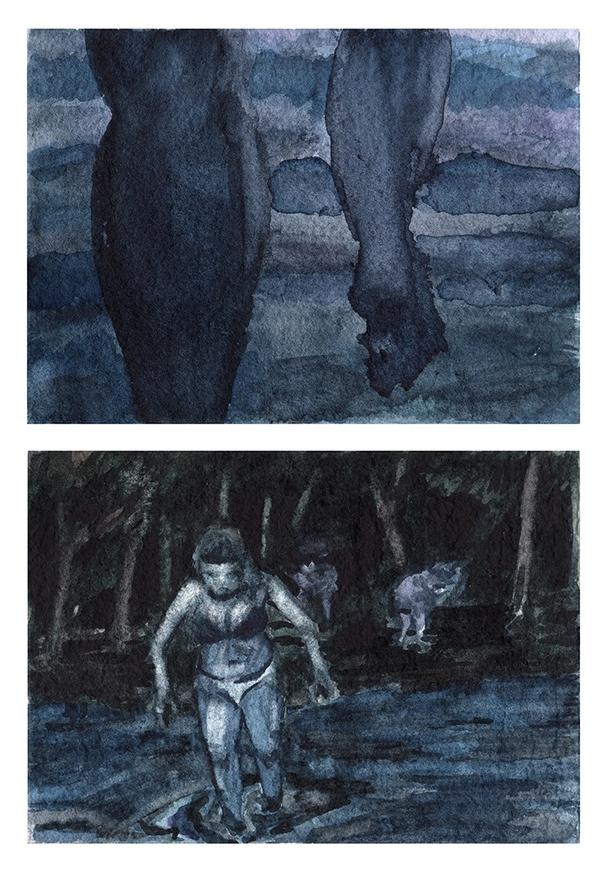
—————————————————————————————————
Vision Box – 11-28-2017 – by Cameron Arthur
—————————————————————————————————
Suzy and Cecil – 11-28-2017 – by Gabriella Tito
—————————————————————————————————
Joanie and Jordie – 11-28-2017 – by Caleb Orecchio

